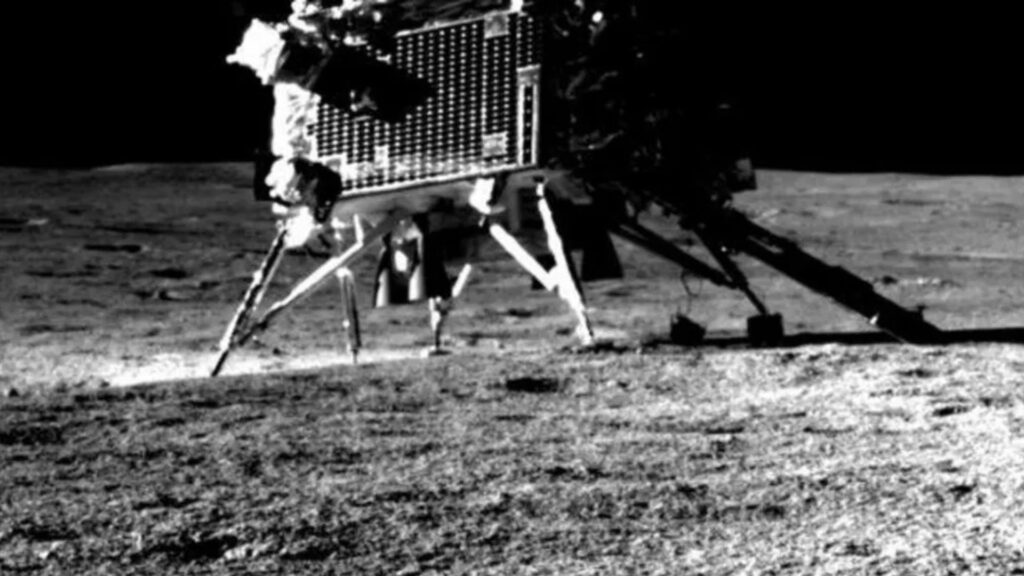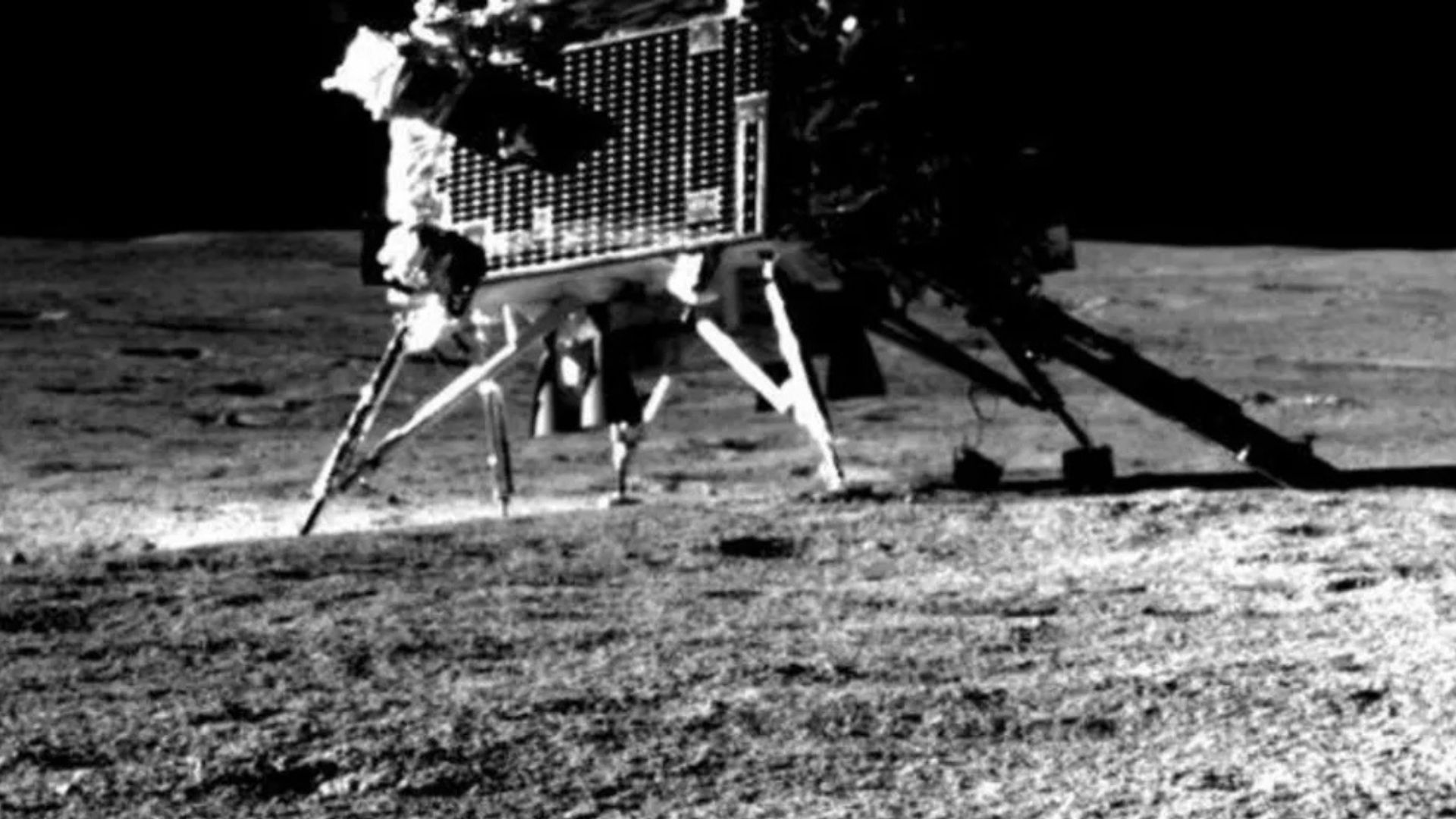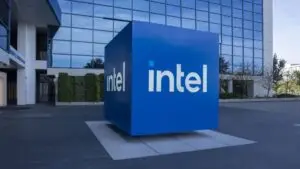
India’s space agency, ISRO, has officially secured nine world records in space exploration and announced plans to achieve an additional eight to ten milestones in the coming years, ISRO Chairman V. Narayanan revealed at the All-India Management Association’s 52nd National Management Convention in New Delhi. Highlighting the nation’s cost-sensitive approach, Narayanan emphasized that “every test we authorize after thoroughly analyzing and discussing” has driven down mission expenses, propelling India to the forefront of global space leadership (DD News).
The announcement underscores India’s strategy of high-impact, low-cost missions, with plans that include crewed lunar landings by 2040 and new satellite-deployment records. According to Narayanan, this efficiency has enabled ISRO to launch over 4,000 rockets and deploy 133 satellites to date, contributing substantially to national security, economic growth, and the burgeoning private space sector.
Landmark Mission Achievements
India’s nine records span lunar exploration, Mars orbiters, and satellite deployments. In 2008, Chandrayaan-1 became the first mission to discover water molecules on the Moon—findings later corroborated by NASA’s Sofia Observatory. The Mars Orbiter Mission in 2014 secured another record as the first nation to reach Mars on its maiden attempt. In 2017, the PSLV-C37 rocket deployed 104 satellites in a single mission, setting a new global benchmark for multi-satellite launches.
Subsequent Chandrayaan missions have continued the streak: Chandrayaan-2 (2019) placed the highest-resolution orbiter camera around the Moon, while Chandrayaan-3’s successful August 2023 landing near the lunar South Pole made India the first country to achieve that feat and conduct the first in-situ measurements in the region (MoneyControl).
Cryogenic Engine Breakthroughs
India also set three cryogenic technology records between 2014 and 2017. The LVM3 rocket achieved its maiden flight with a cryogenic stage in just 28 months—significantly faster than comparable programs abroad. ISRO completed hot-stage testing of the CE20 engine in 34 days, compared to six months or more elsewhere, and achieved rapid turnaround for subsequent test campaigns, underscoring India’s accelerated development cycle.
These cryogenic milestones reflect ISRO’s ability to innovate under tight budgets, as the CE20 engine powers heavy-lift missions critical for deep-space exploration and commercial satellite launches.
Cost-Efficiency as Competitive Advantage
Narayanan highlighted that ISRO’s cost-sensitive model contrasts sharply with international counterparts. India spent $74 million on the Mars orbiter Mangalyaan and $75 million on Chandrayaan-3—both budgets well below the typical cost of major scientific films and comparable missions (BBC). This frugal engineering ethos has attracted global attention and partnerships, with private sector collaborations expected to drive further records.
Looking ahead, ISRO’s roadmap includes ambitious objectives such as a crewed lunar landing by 2040 and rapid expansion of satellite constellations, ensuring that India’s tally of world records in space exploration will continue to climb.











